THE MOVING ARC : Artistic Encounters in India (1940 onwards) – A Modern & contemporary Artworks Exhibition by Kiran Nadar Museum of Art (KNMA) & Madras Art Weekend in Lalit Kala Akademi, Chennai – Bringing Vignettes from the KNMA Collection to Chennai for the First Time
– an exhibition featuring 150 contemporary artists
| CasualWalker’s Rating for THE MOVING ARC: Artistic Encounters in India by Kiran Nadar Museum of Art (KNMA): | |

9.8 – Great / Excellent |
|
The Madras Art Weekend, along with the Kiran Nadar Museum of Art (KNMA), has unveiled its exhibition in Chennai titled “THE MOVING ARC: Artistic Encounters in India.” This extraordinary was showcased at the Lalit Kala Akademi, Chennai.
This marks the first art showcase in Chennai by the Kiran Nadar Museum of Art (KNMA), offering a captivating glimpse into its esteemed museum collection. This exclusive showcase features over 150 exquisite artworks, meticulously curated to trace the rich and diverse artistic journey of Indian artists.
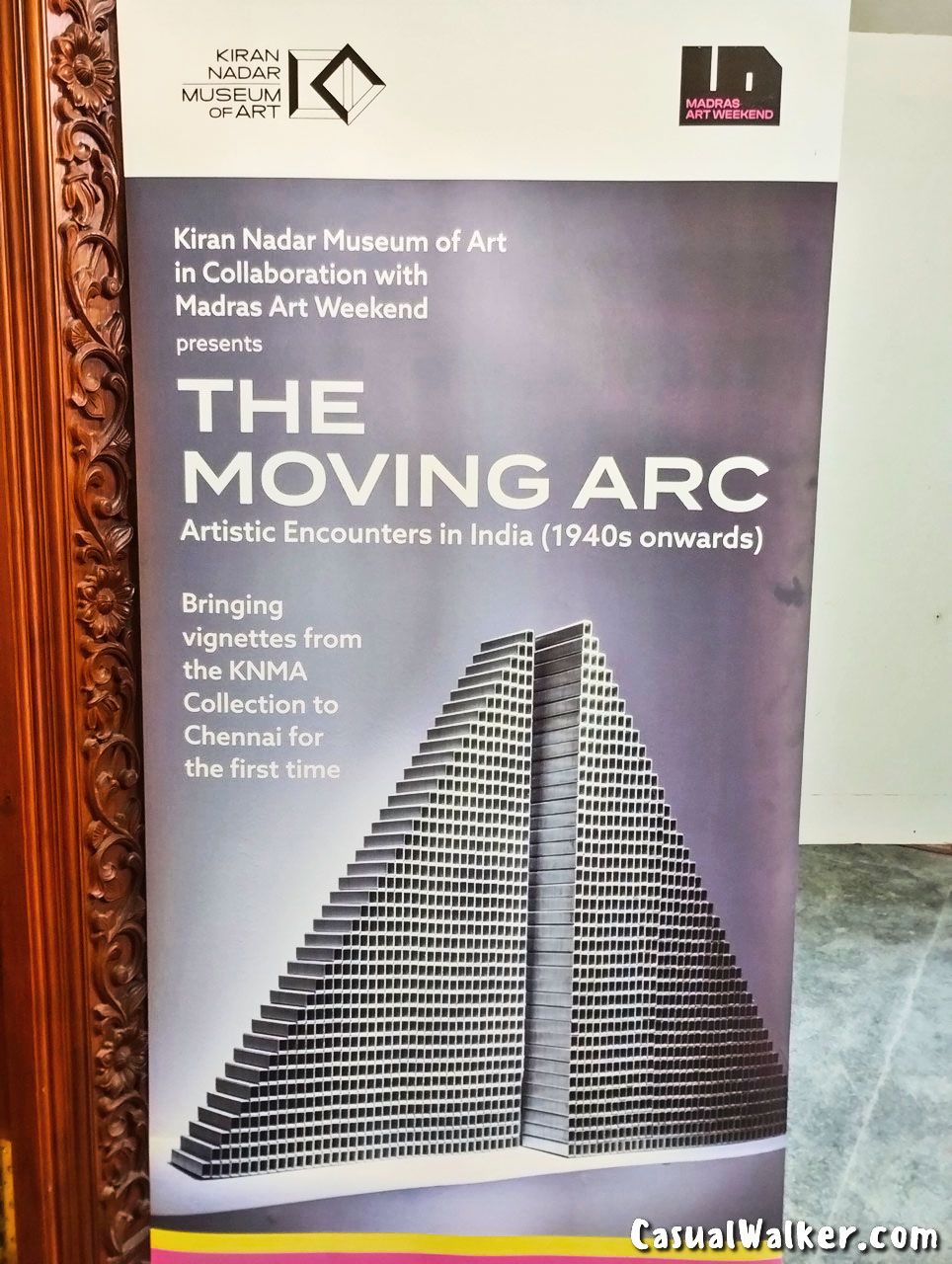
About Kiran Nadar Museum of Art (KNMA):
Founded under the passionate stewardship of art enthusiast Sri. Kiran Nadar – the Kiran Nadar Museum of Art (KNMA) emerged onto the cultural landscape in January 2010. Positioned as the premier private museum of its kind, KNMA offers a compelling exhibition space dedicated to showcasing Modern and contemporary artworks from India and the sub-continent. Nestled in the vibrant heart of New Delhi, India’s bustling capital, KNMA operates as a non-commercial, not-for-profit entity, driven by the mission to illuminate the dynamic interplay between art and culture through its diverse array of exhibitions, publications, educational initiatives, and public programs.
Central to KNMA’s ethos is its ever-expanding collection, meticulously curated to spotlight significant artistic trajectories. From the luminaries of India’s post-Independence era to the innovative practices of contemporary artists, the museum’s core collection embodies a rich tapestry of artistic expression spanning the 20th century.
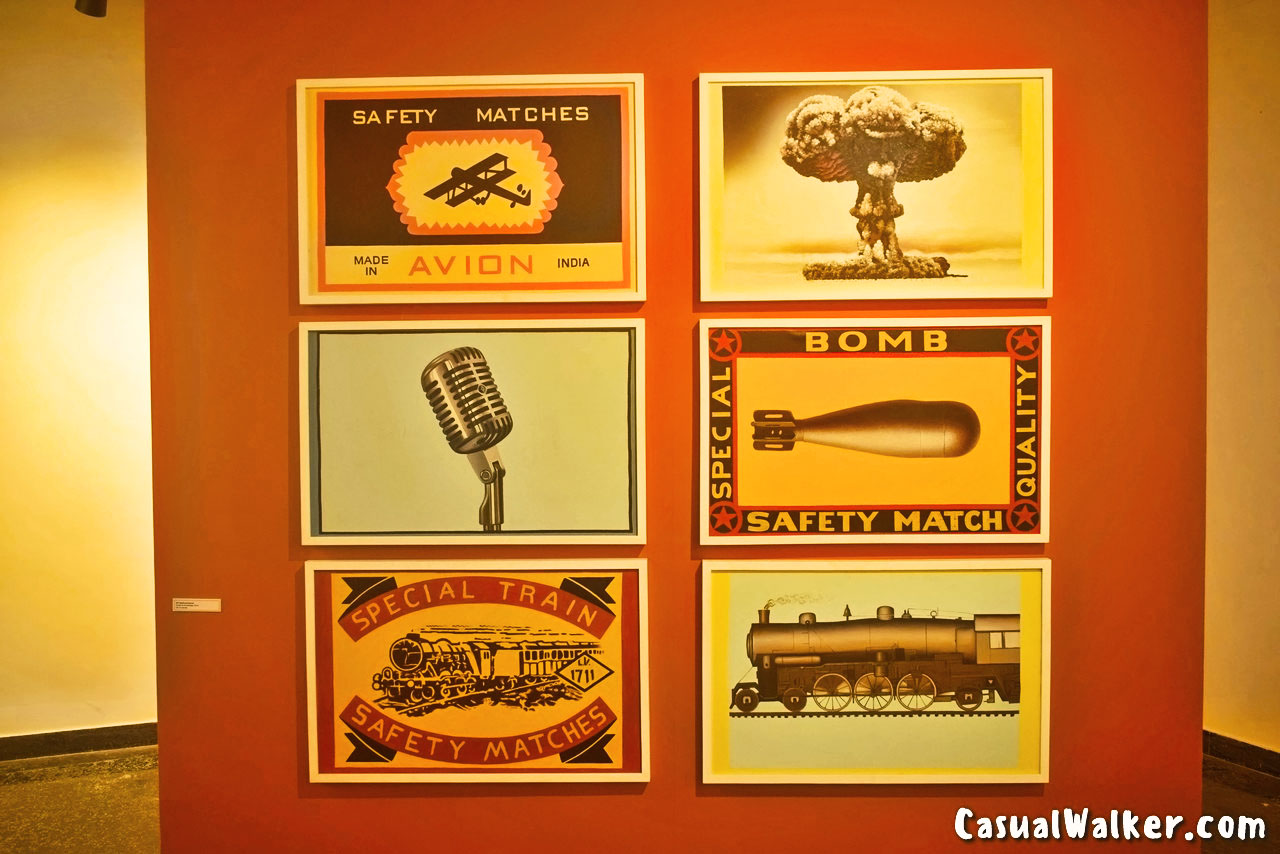
Spearheaded by the Shiv Nadar Foundation, KNMA fills a crucial void in the realm of art promotion, endeavoring to foster a deeper appreciation for the arts within the public sphere. Through a multifaceted approach encompassing curated exhibitions, educational workshops, discourse sessions, symposiums, and public engagement initiatives, KNMA aims to serve as a vibrant nexus for artistic discourse and cultural exchange. By bridging the gap between art and the public, the museum seeks to cultivate a thriving museum-going culture in India, inviting active participation and collaboration from artists and audiences alike.
In an era witnessing a paradigm shift in the global art landscape, KNMA stands as a testament to the growing trend of private collectors opening their collections to the public. Committed to nurturing the next generation of art enthusiasts, KNMA extends its outreach through educational partnerships with schools, colleges, NGOs, and trusts. Through a diverse array of workshops, screenings, curatorial programs, and guided tours, the museum endeavors to democratize access to art, fostering a culture of lifelong learning and appreciation.
In essence, KNMA represents a beacon of cultural enlightenment, enriching the fabric of India’s artistic landscape and inspiring generations to come.
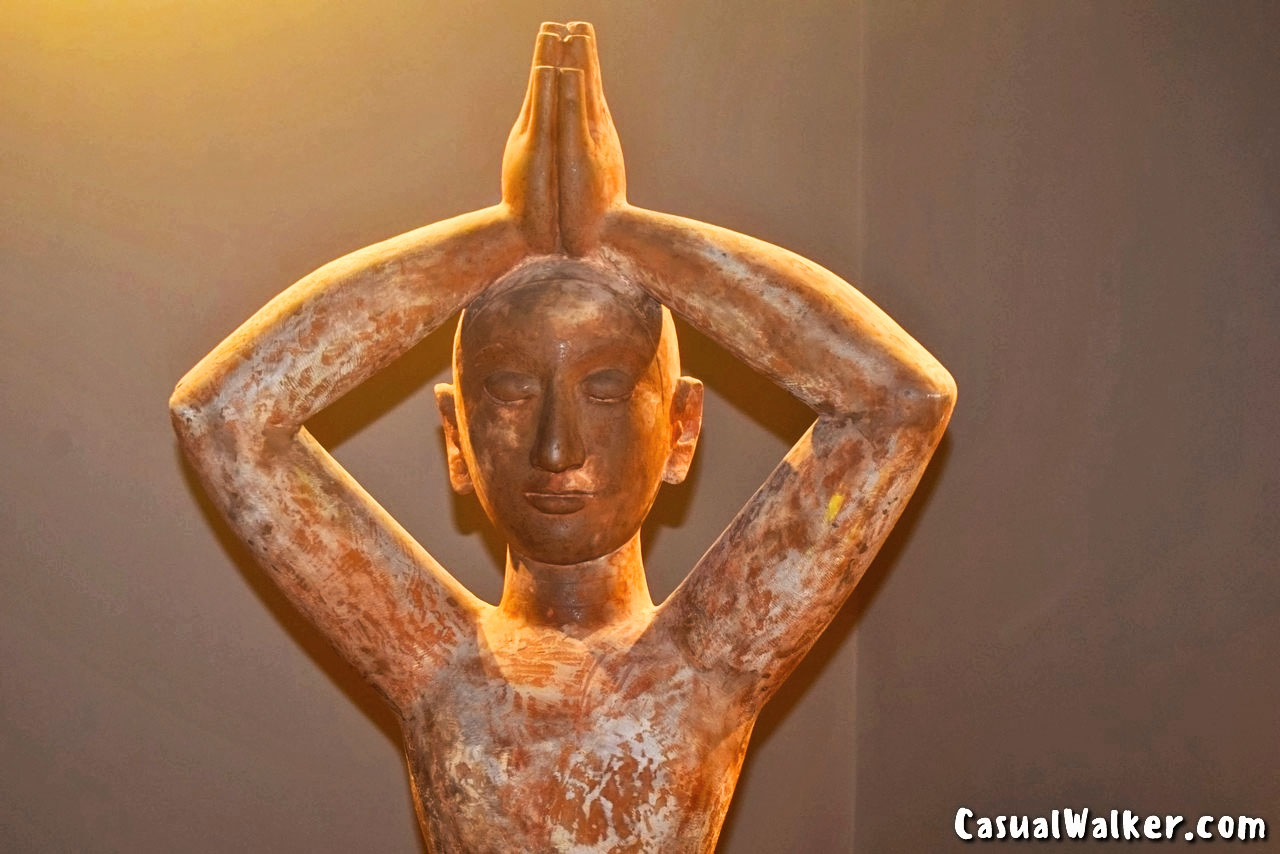
THE MOVING ARC: Artistic Encounters in India (1940 onwards) by Kiran Nadar Museum of Art (KNMA)
India’s Independence from colonial rule led to a cultural emancipation that displayed significant characteristics during its transition from a reigned nation to one gaining a critical postcolonial voice. Numerous creative expressions and dialogues on shaping the ‘ideal artistic language of the era’ have formed and renewed in the decades that followed. Thus, crisscrossing ingenious ideas, artistic vocabularies, visual languages, and pedagogical approaches offered a fertile terrain for addressing multiple engagements with the modern and the post-modern in India. This tapestry of diverse formations navigates the viewer through the exhibition, touching upon some of the nodal points of convergence and diffusion that have shaped the artistic ethos and forged cultural connections across India that occurred through art education and pedagogy.
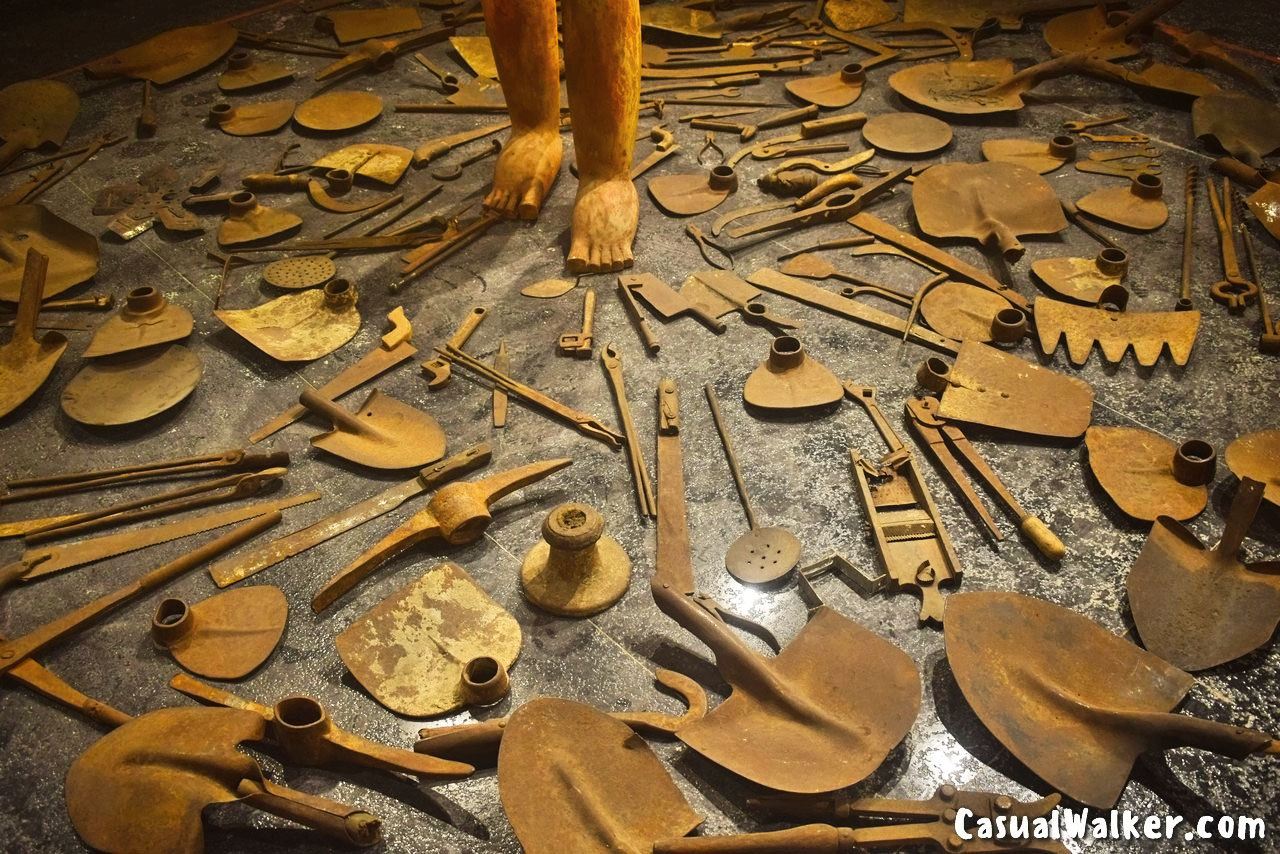
The early 20th century witnessed the movement of institutional and pedagogical tendencies traveling from Santiniketan and Calcutta in the east to Baroda in the west, and Delhi in the north through artists including KG Subramanyan and Somnath Hore. There was a parallel formation in Madras in the South. These sites of learning took on distinct characters with critical inquiries and adaptations on indigenism, regional modernism, and re-approaching living traditions while contesting perceptions of the ‘new nation’, society, economy, and idealism. The Madras Art Movement/Madras Progressives (1944), The Progressive Artists’ Group of Bombay (1947) followed by the Cholamandal Artists’ Village (1966), were instrumental in bolstering novel paths of creativity and cognition. Delhi Silpi Chakra (1949), founded by Bhabhesh Sanyal, PN Mago, Dhanraj Bhagat, and others, nurtured diverse practices, stances, and camaraderie.
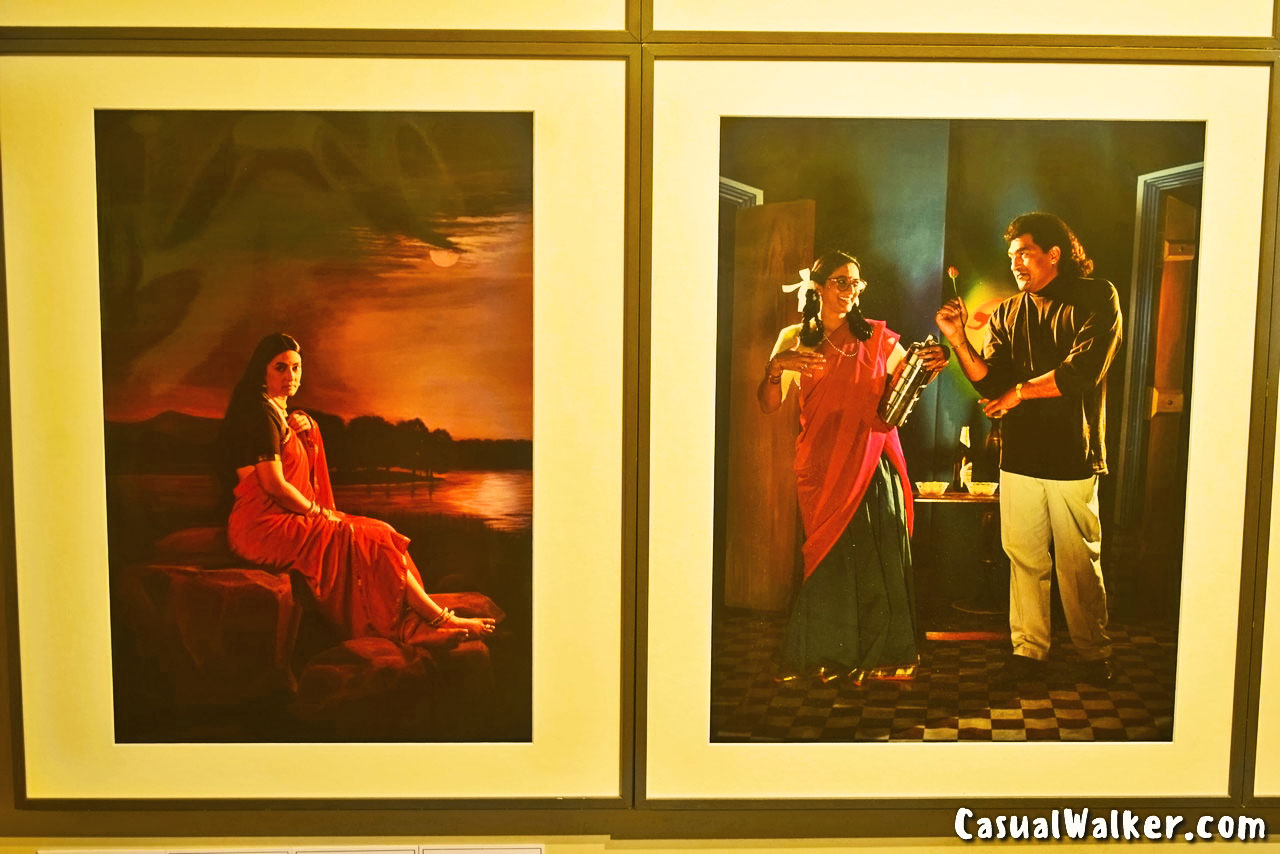
This spirit later took on a dynamic form amongst artists in Baroda and the Indian Radical Painters’ and Sculptors’ Association from Kerala. They unfolded many conflicting and inspirational paths, drawing from the immediacy of the ‘local’ and addressing the question of relevance. J. Swaminathan, Jeram Patel, Gulammohammed Sheikh, Reddappa Naidu, and Himmat Shah, among others, initiated the short-lived Group 1890 in 1963, with artist-critic Swaminathan spearheading it, providing a new direction to Indian modernism.
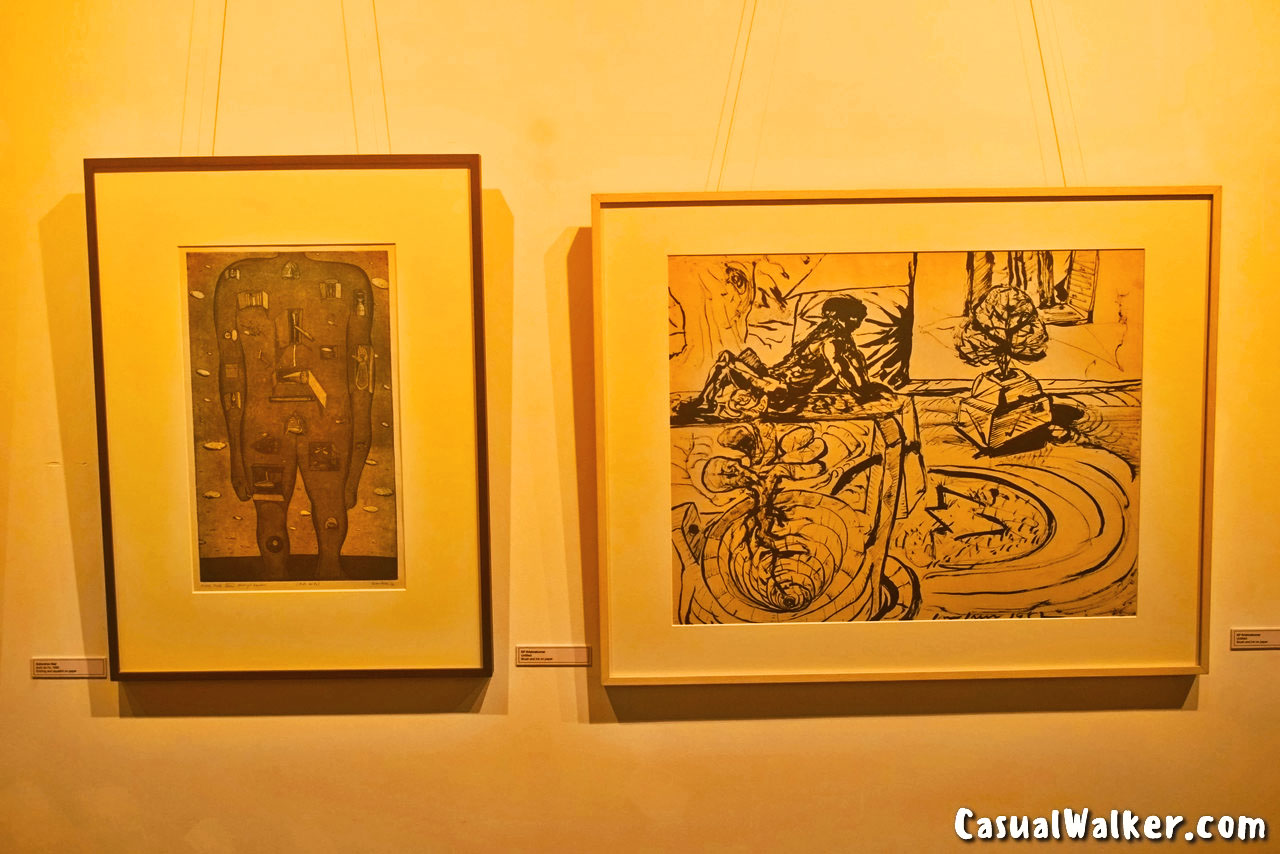
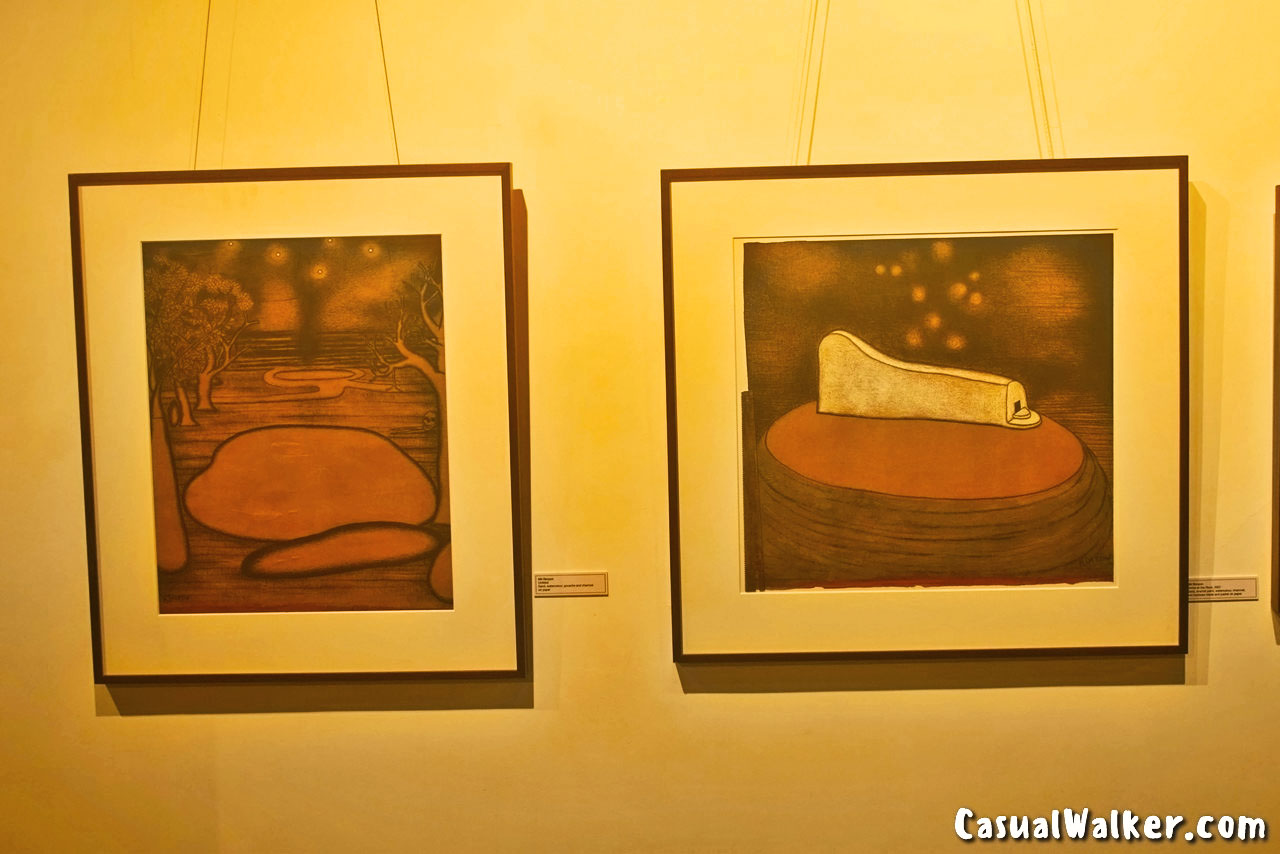
Two decades later, KP Krishnakumar, KM Madhusudhanan, CK Rajan, Alex Mathew, NN Rimzon, Surendran Nair, and Anita Dube formulated the Indian Radical Painters’ and Sculptors’ Association (1987-89), with a foundation in Marxist ideologies, critiquing revivalism and nostalgic tendencies. Under the tutelage of the first principal Devi Prasad Roy Chowdhury at the Madras School of Arts and Crafts (1930), and later KCS Paniker as his successor, (1957-66), the School alluded to local and traditional aesthetics to establish an indigenous style, culturally unique to the South. C. Douglas and K. Ramanujam became fitting successors to Paniker, their strong imagery and emotive powers carving distinct trajectories. In Delhi, Madan Mahatta’s starkly distinct photographs (1950s-80s) documented the modern face of India as ‘a nation in the making’ through its architectural projects.
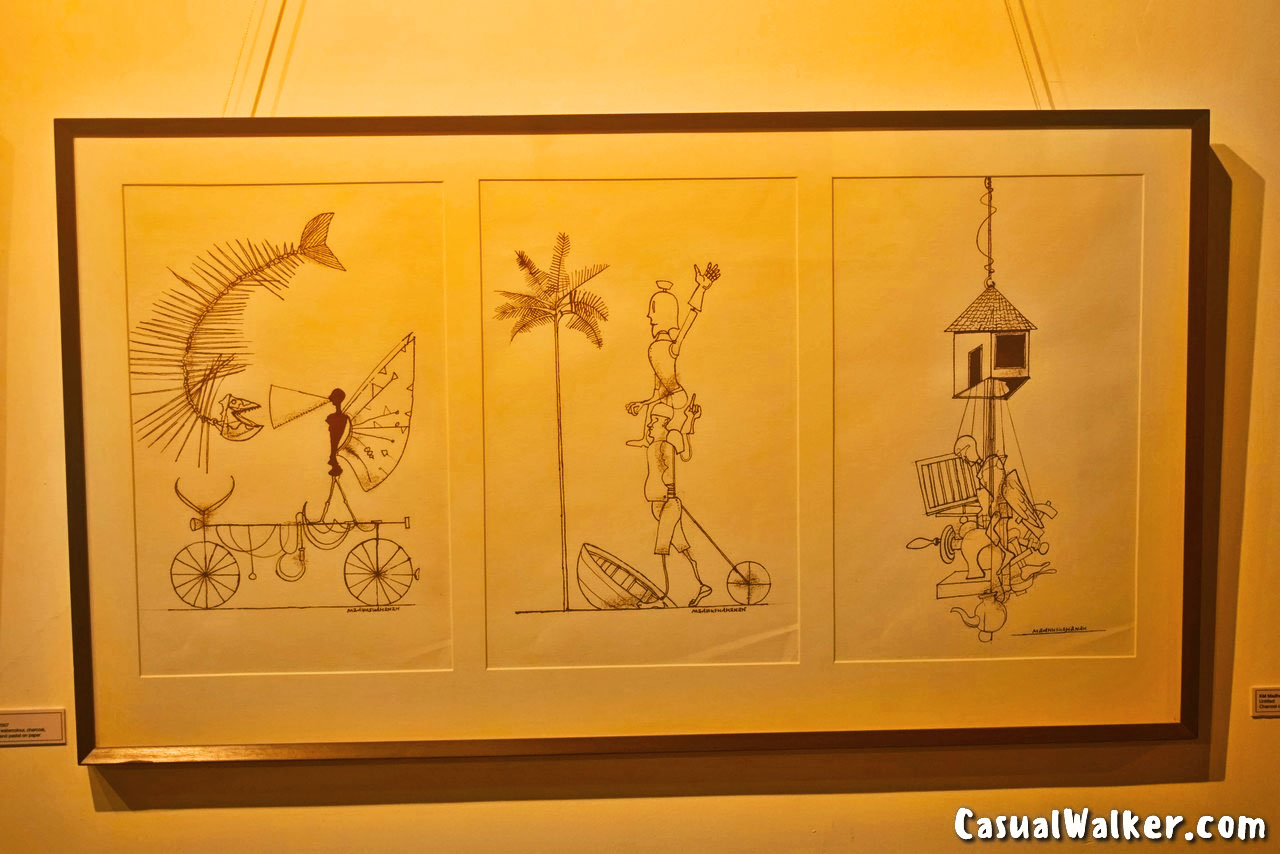
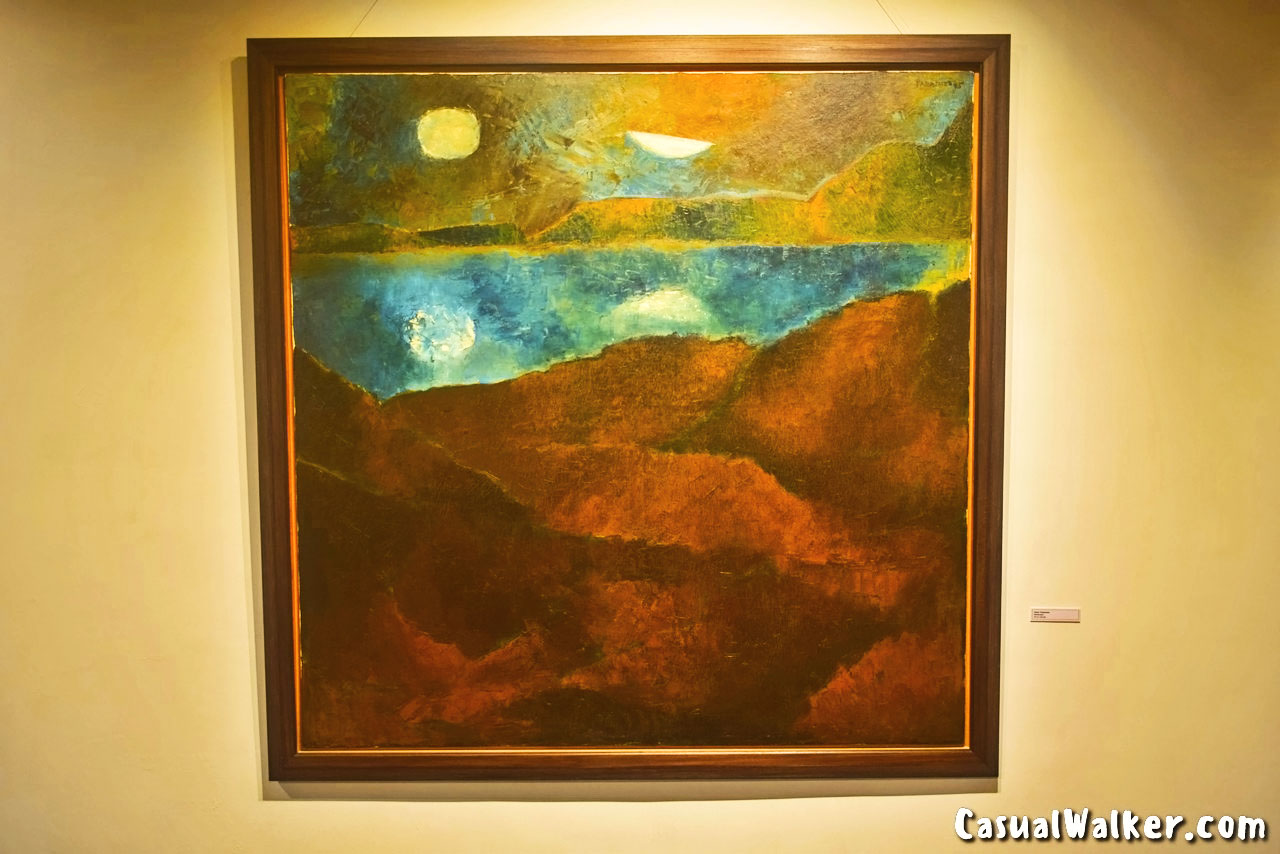
The mainstream narrative around Indian modernism remained male-dominated for the longest time, until alternative voices of women artists, Meera Mukherjee, Arpita Singh, Madhvi Parekh amongst others foregrounded new awareness towards art-making, layering it with their personal experiences and subjectivity. Closer to our times, Manjunath Kamath, Pooja Iranna, K. Benitha Perciyal, and Dilip Chobisa resonate with equal zest, exploring possibilities of unconventional methods and materials, while seeking new forms and content.
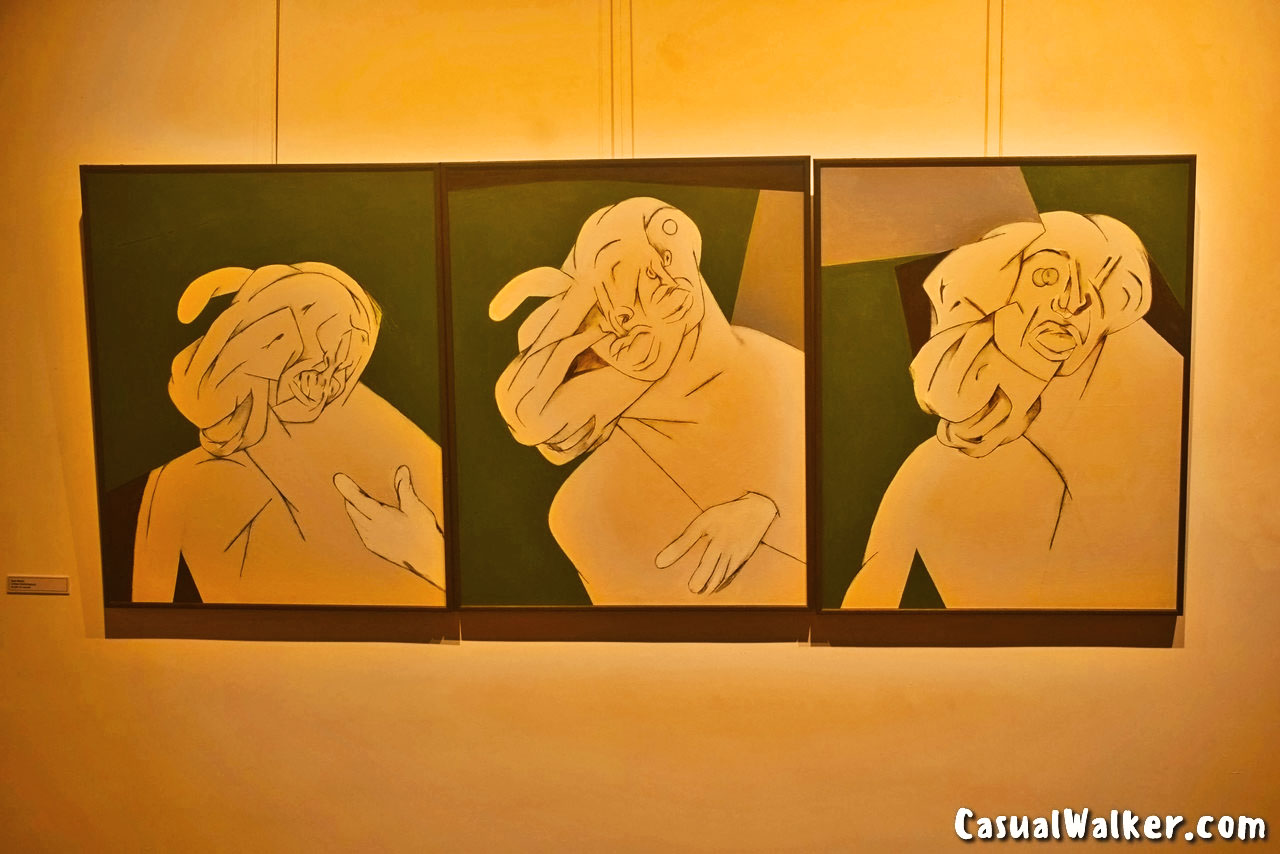
When stepping into the realm of post-independence Indian artistry, we are greeted with a mesmerizing array of paintings, sculptures, and digital artworks that encapsulate the essence of a nation in transition. From the evocative sculptures of NN Rimzon to the vibrant canvases of SH Raza, the exhibition offers a panoramic view of India’s artistic trajectory.
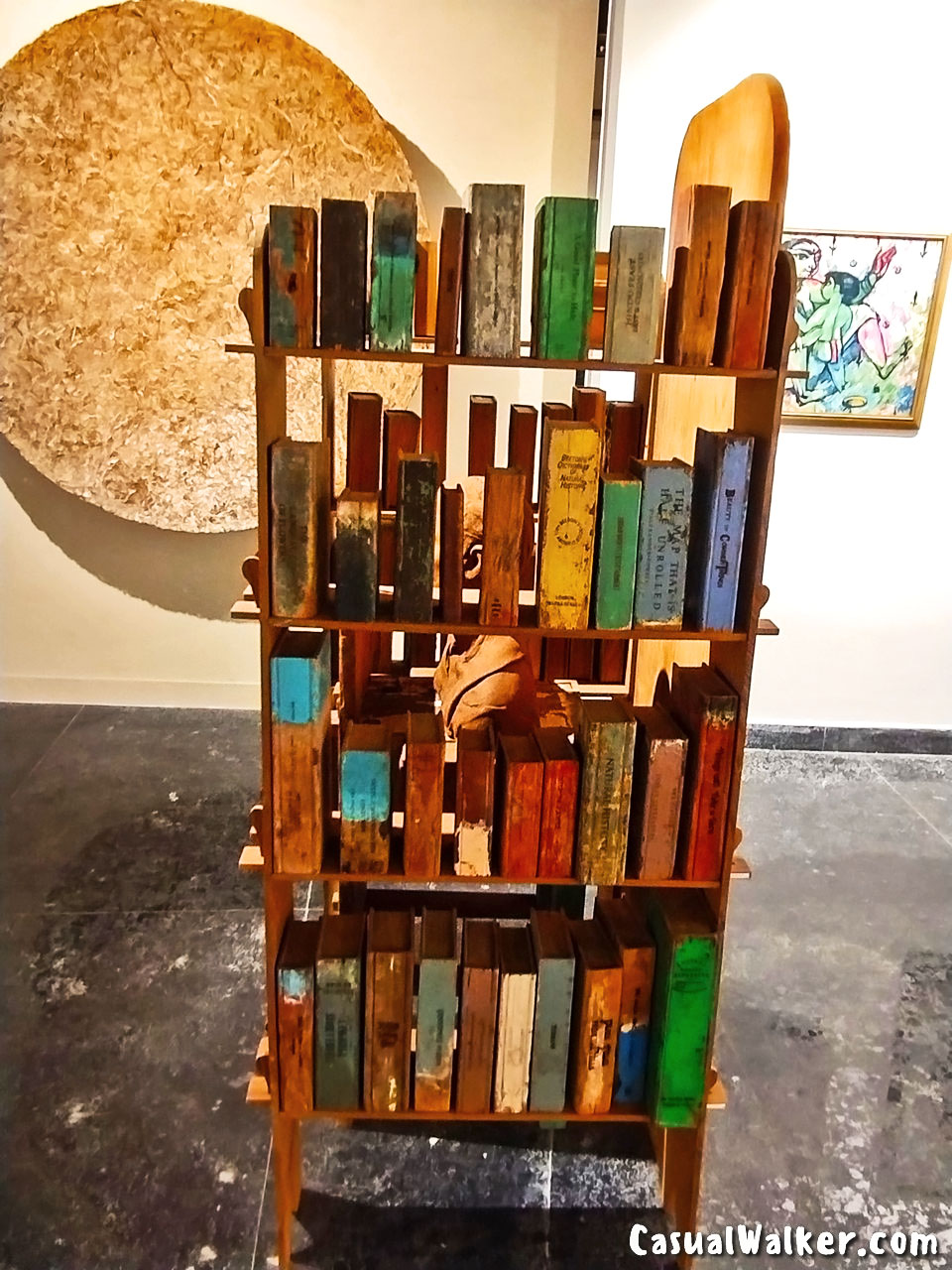
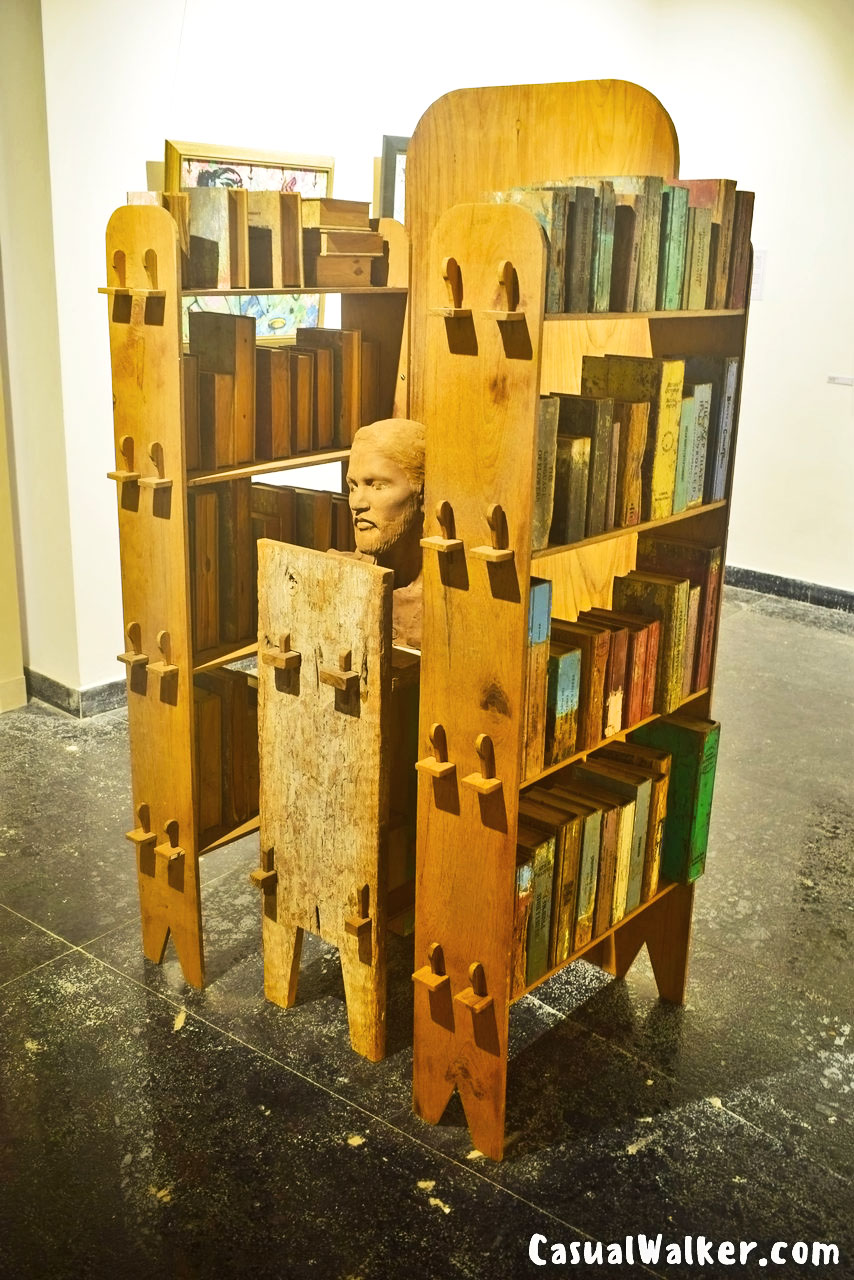
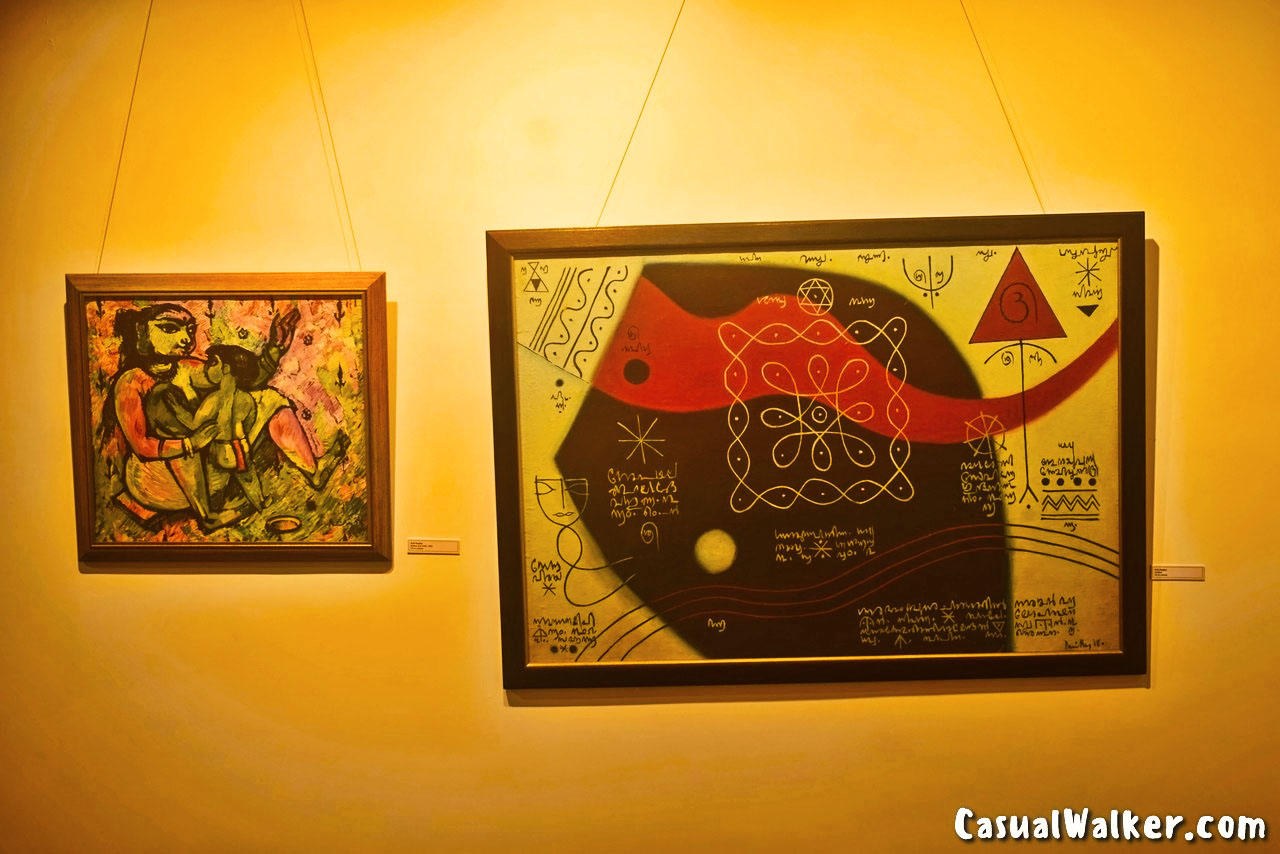
Drawing inspiration from diverse cultural currents, the exhibition highlights the crisscrossing of artistic schools and perspectives that emerged in post-colonial, modernist India. With over 180 artworks by 38 artists, including masters and emerging talents, “THE MOVING ARC” is a testament to the dynamism and diversity of Indian art.
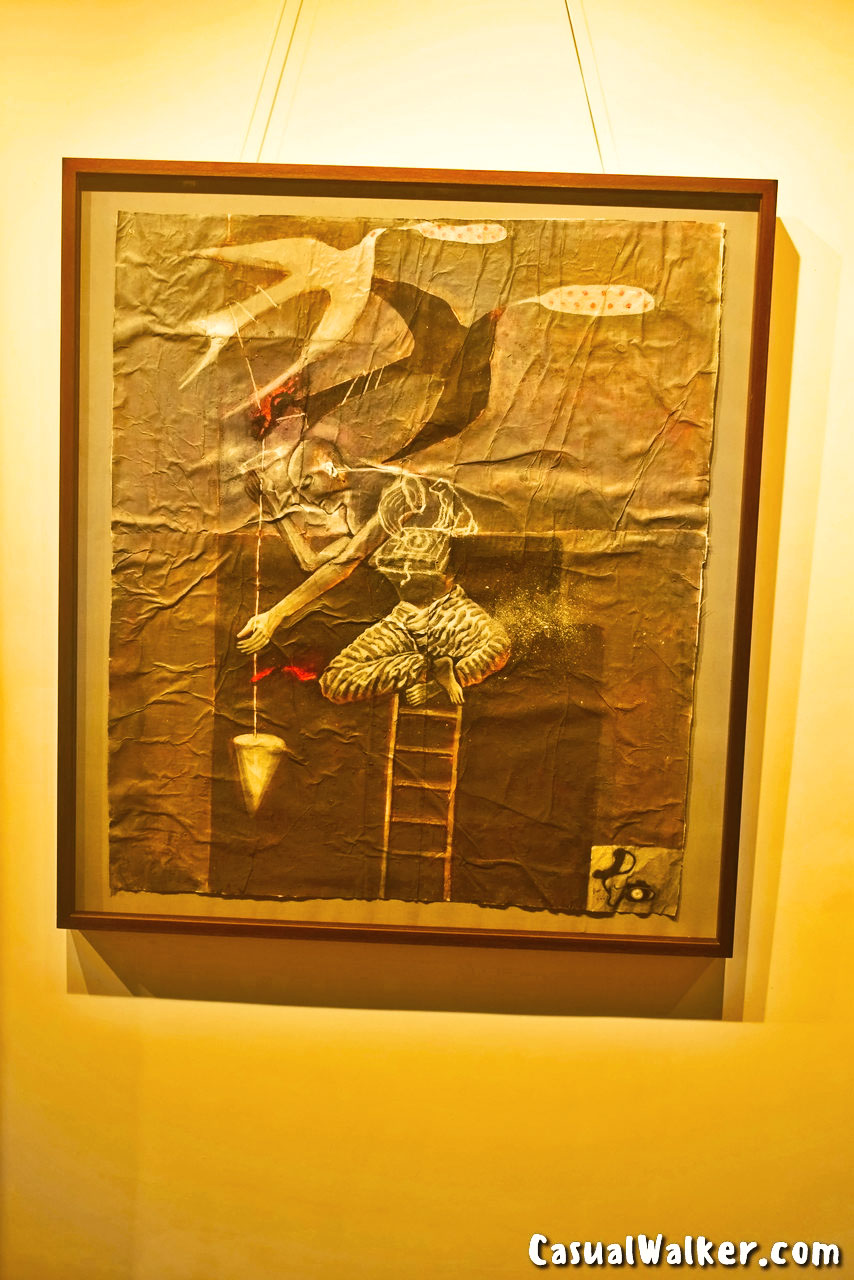
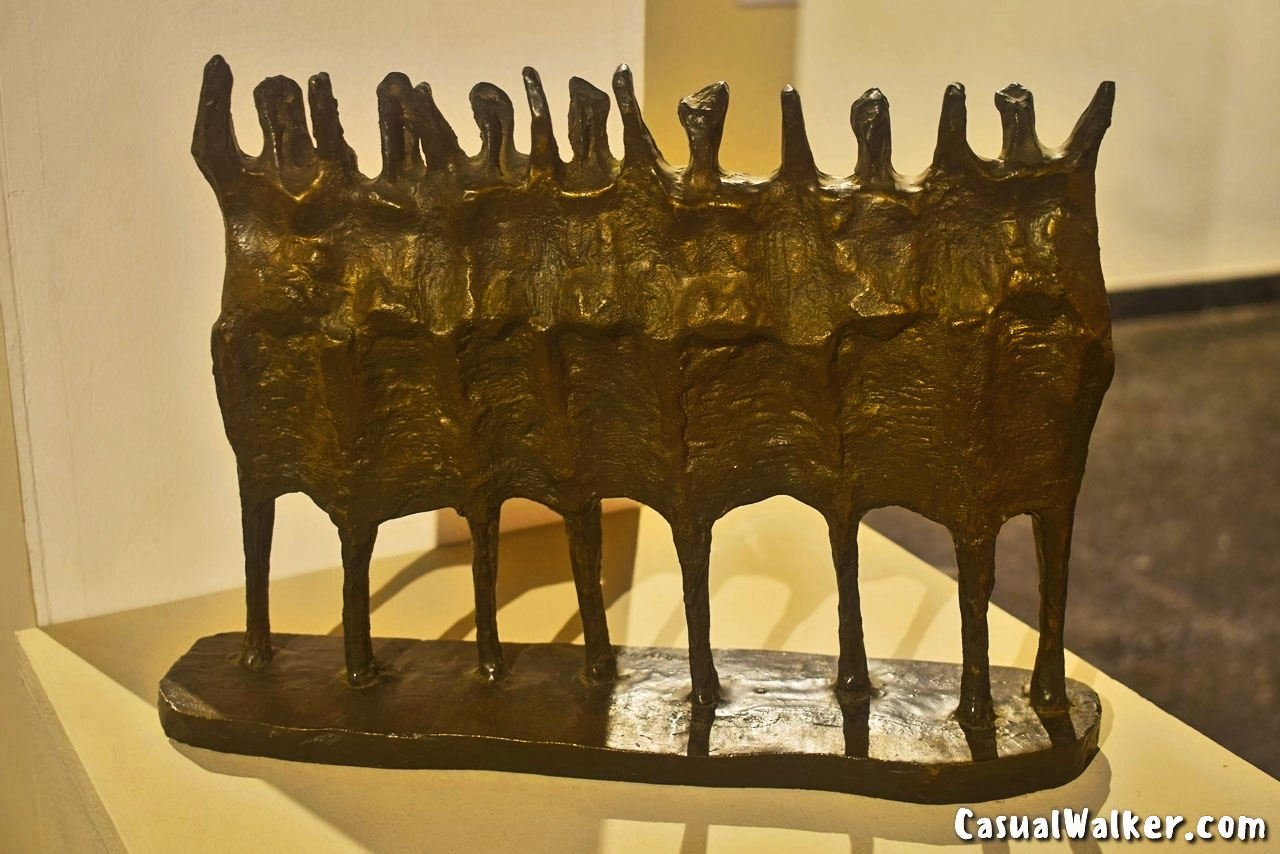
Kiran Nadar, the visionary behind the museum, reflects on the significance of bringing this exhibition to Chennai, emphasizing the city’s rich cultural heritage and vibrant artistic community. Her collection, spanning over 150 years, forms the cornerstone of the museum, showcasing the evolution of Indian art over time.
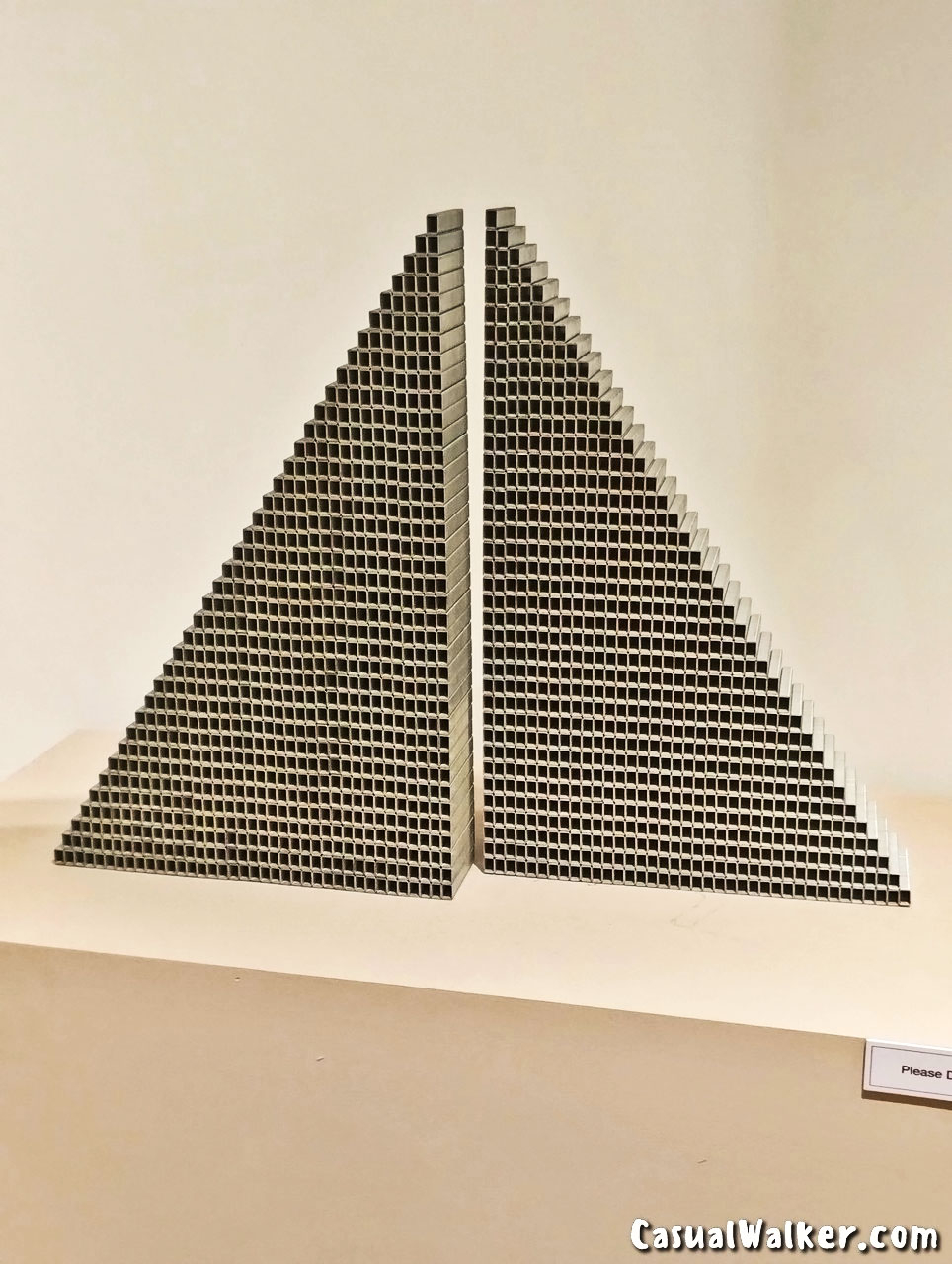
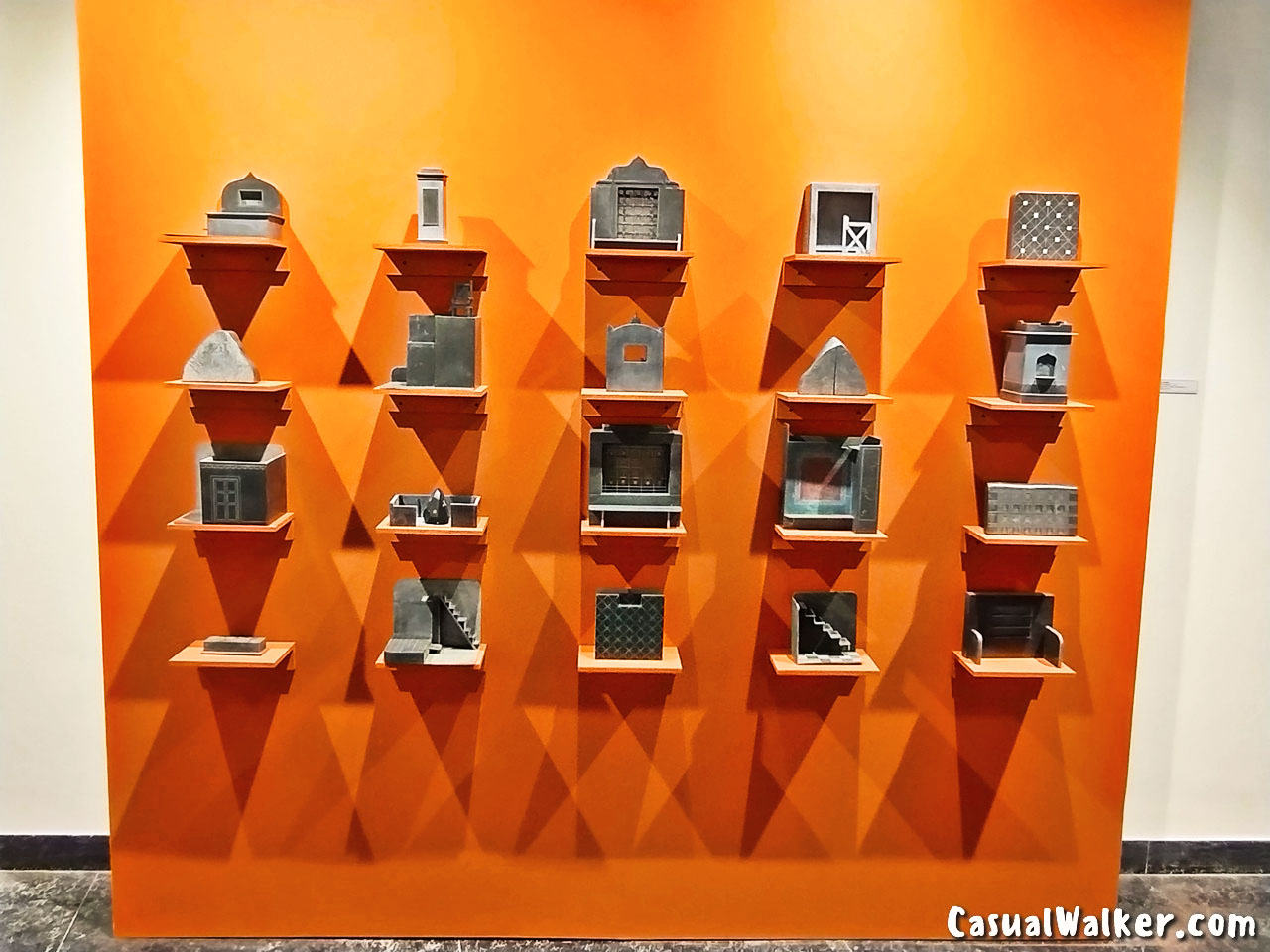
Curator Rubeena Kharoga provides insights into the thematic underpinnings of the exhibition, emphasizing the cross-fertilization of ideas and the emergence of new visual languages in Indian art. From the Santiniketan school to the Cholamandal Artists’ Village, the exhibition traces the evolution of Indian art movements, each leaving an indelible mark on the nation’s cultural landscape.
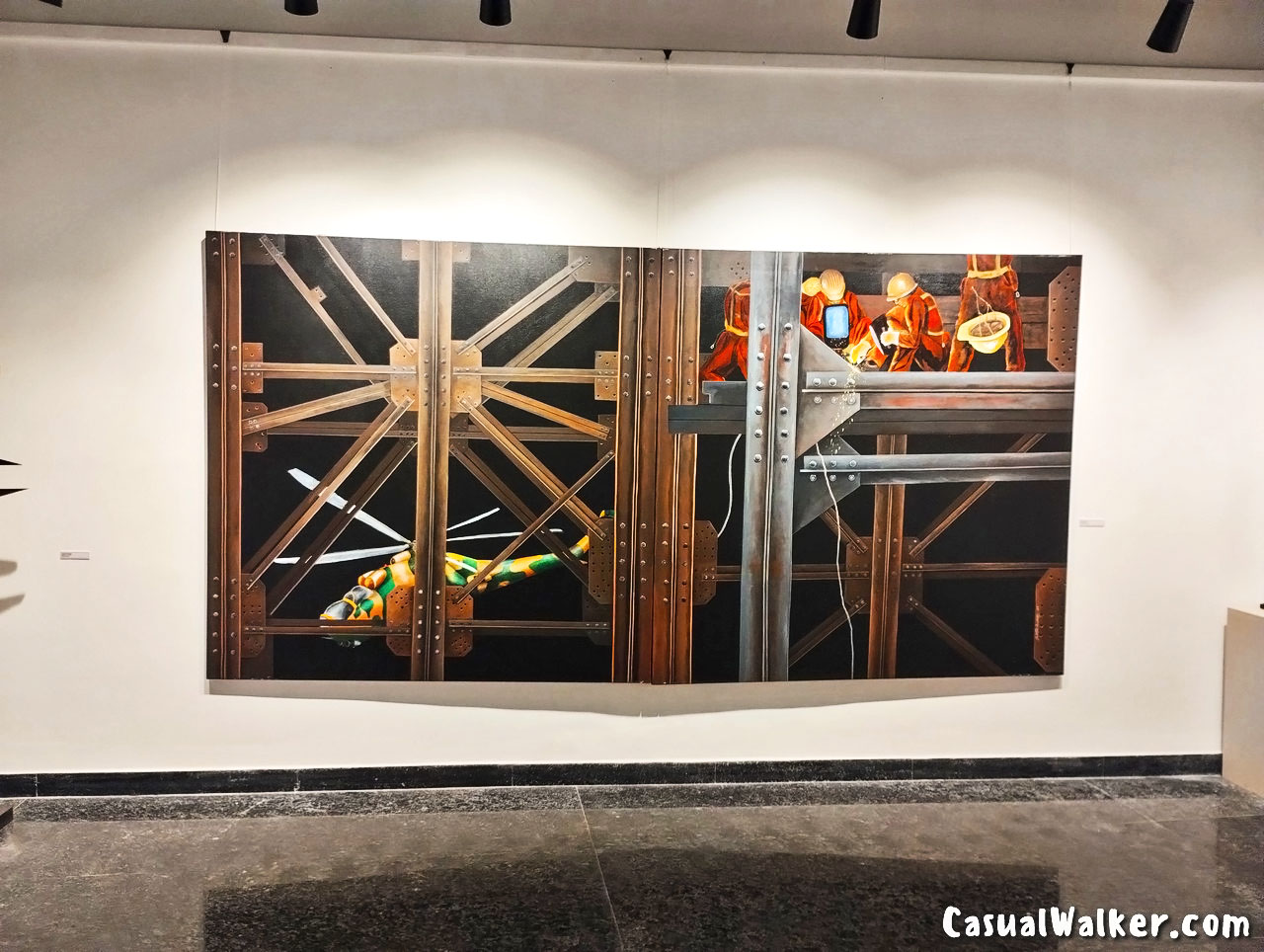
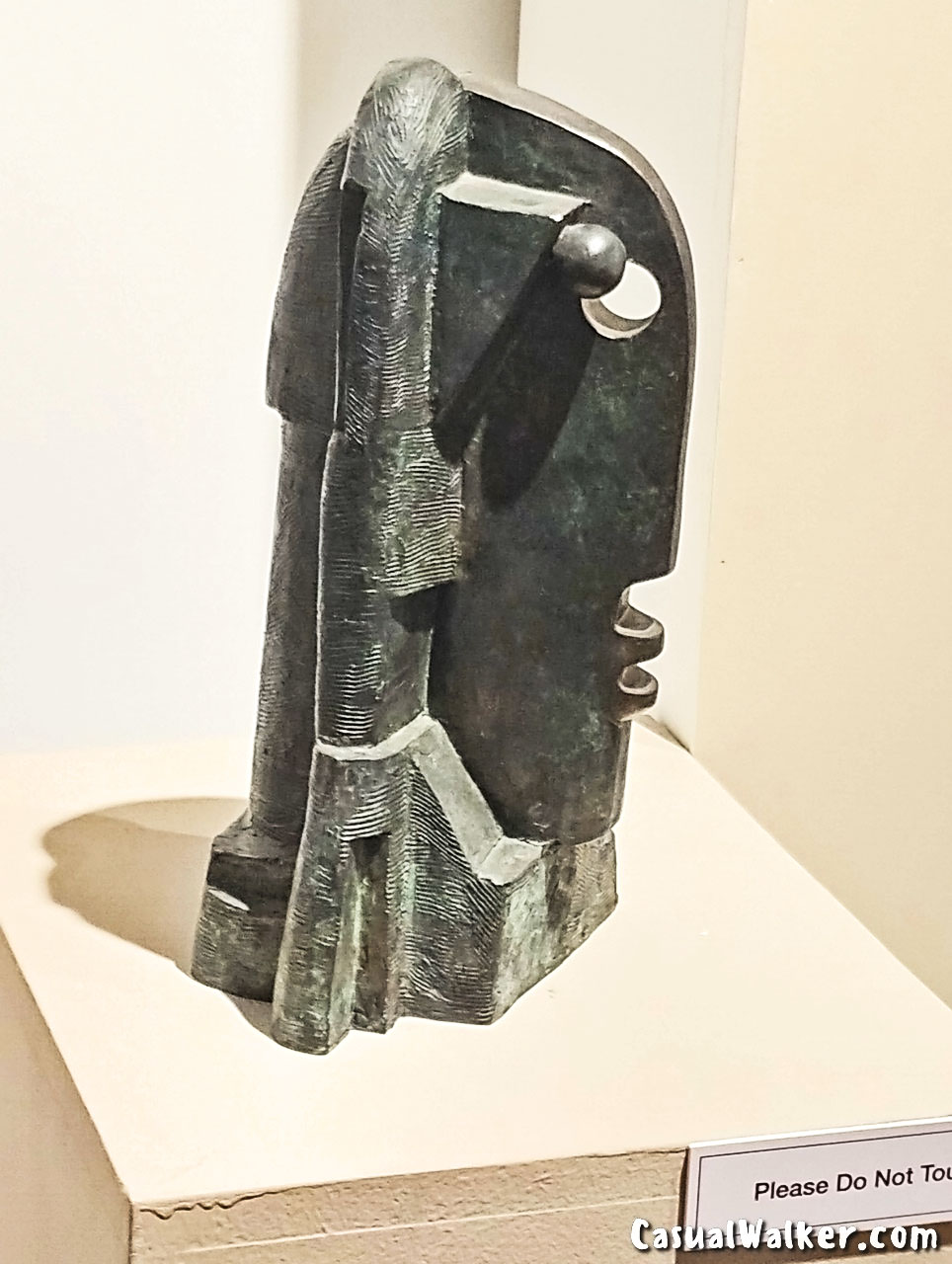
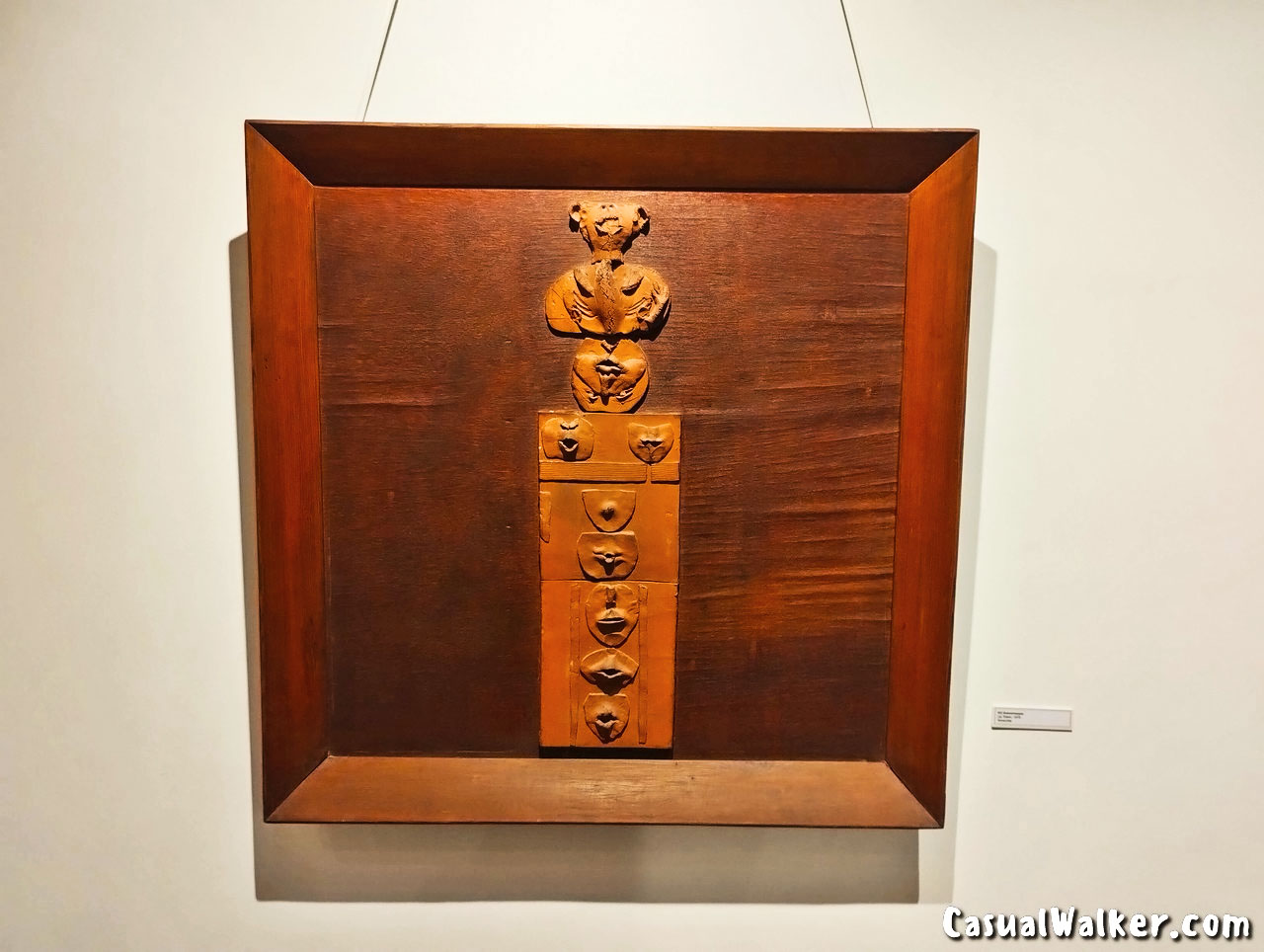
As visitors traverse the gallery, they are immersed in a visual tapestry that celebrates the diversity and resilience of Indian artistry. From intimate sculptures to monumental canvases, each artwork tells a story, reflecting the myriad experiences and aspirations of the Indian people.
Overall it is a celebration of India’s artistic heritage and a testament to the power of creativity to transcend boundaries and inspire change.

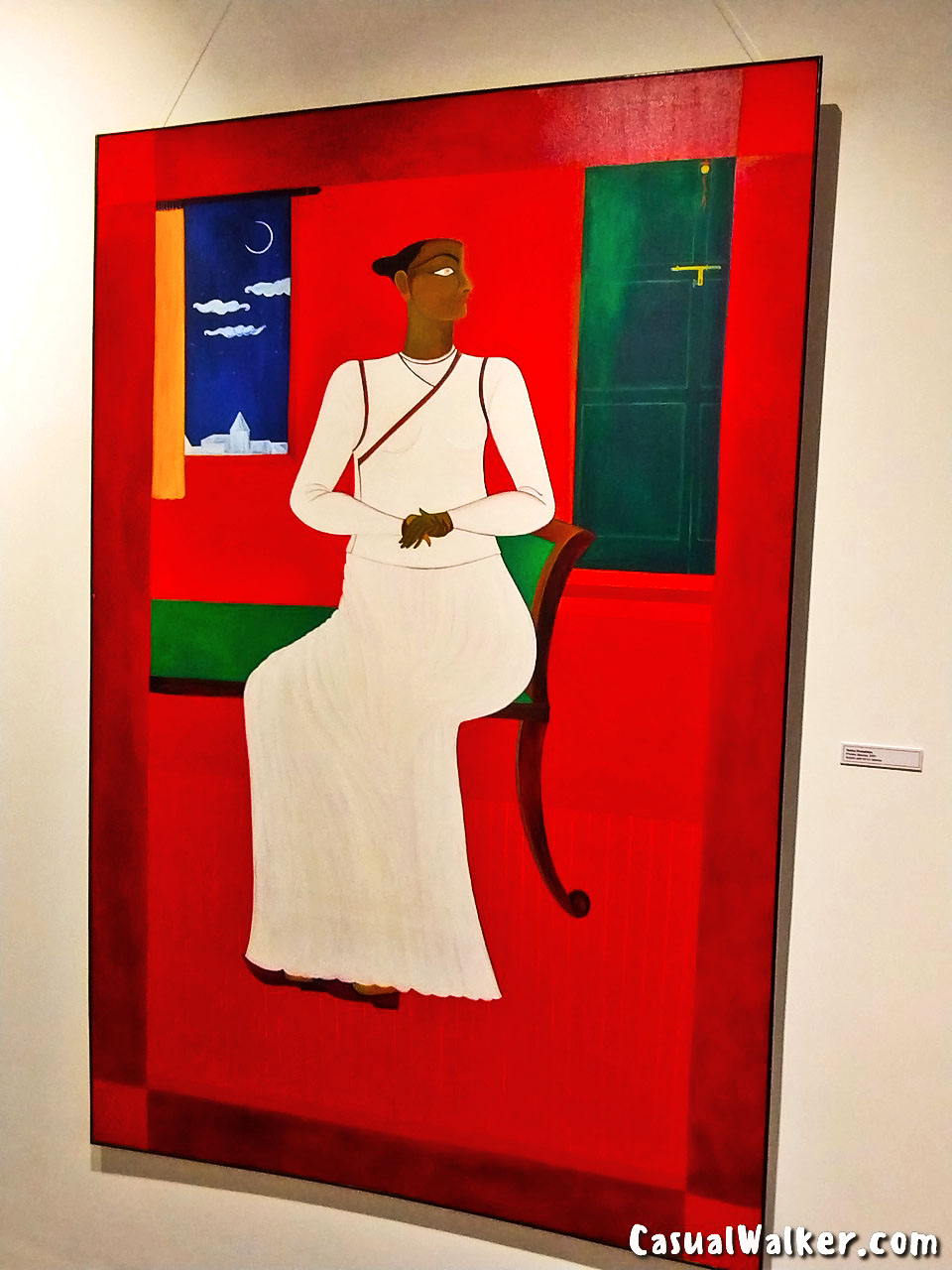
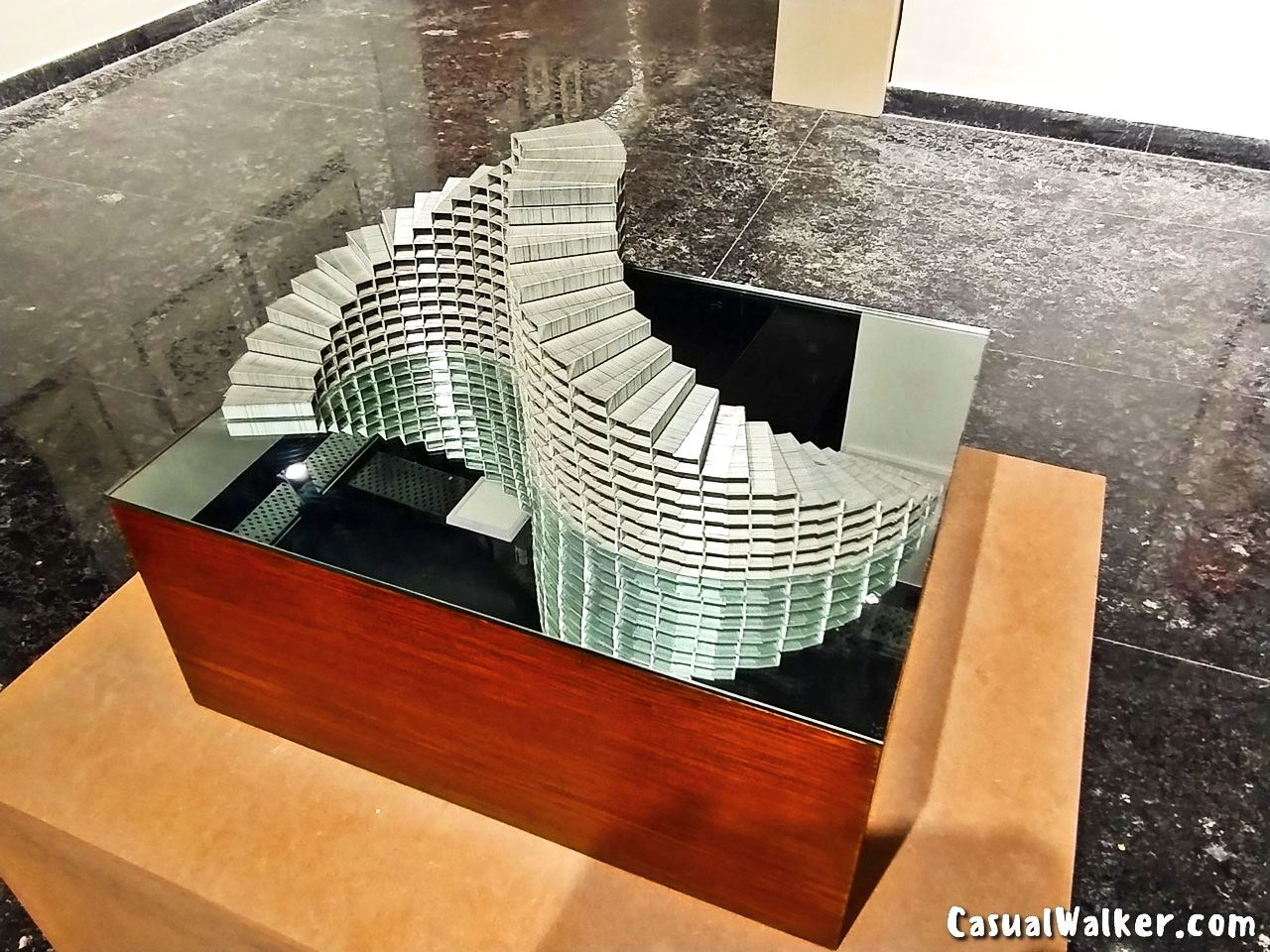
Also, check our Similar Interesting Art related Photo Stories:
Phaneng – A journey into Personal Engagement photography exhibition, Chennai
Unspoken – An exhibition of visual artwork, MFA Students, Chennai
Cholamandal Artists’ Village, Museum Of Contemporary Art, Injambakkam, Chennai

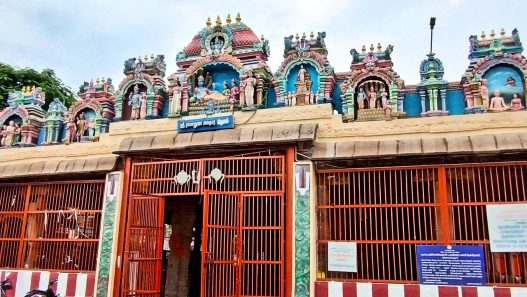



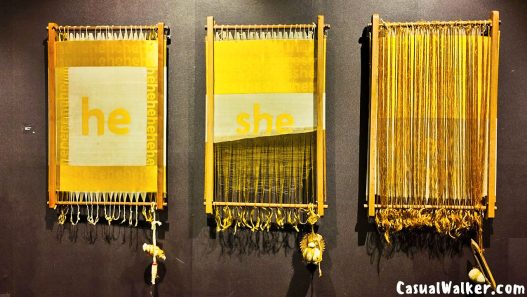




















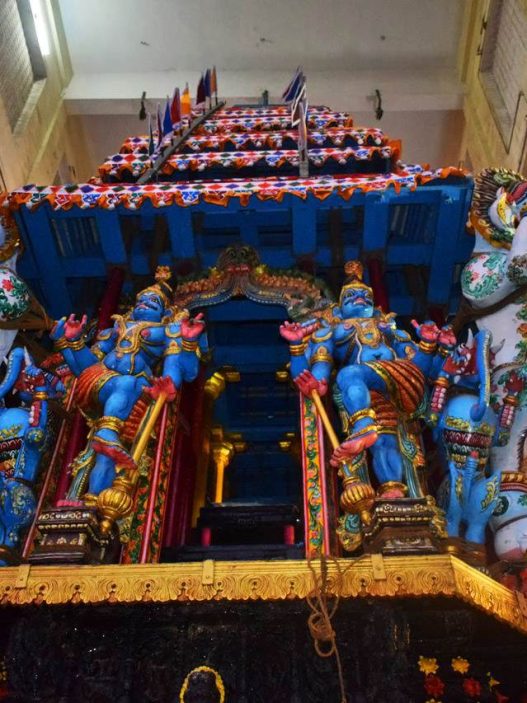
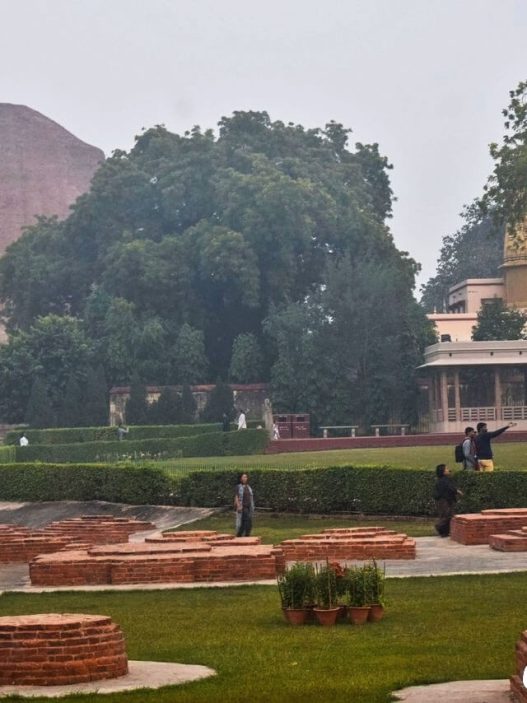
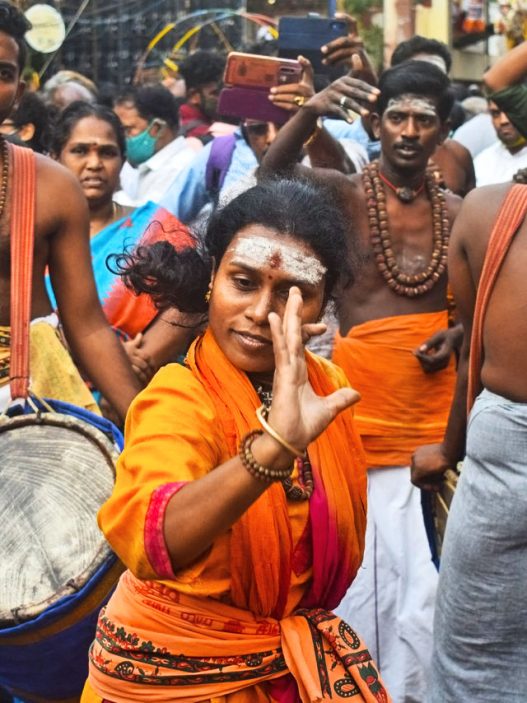
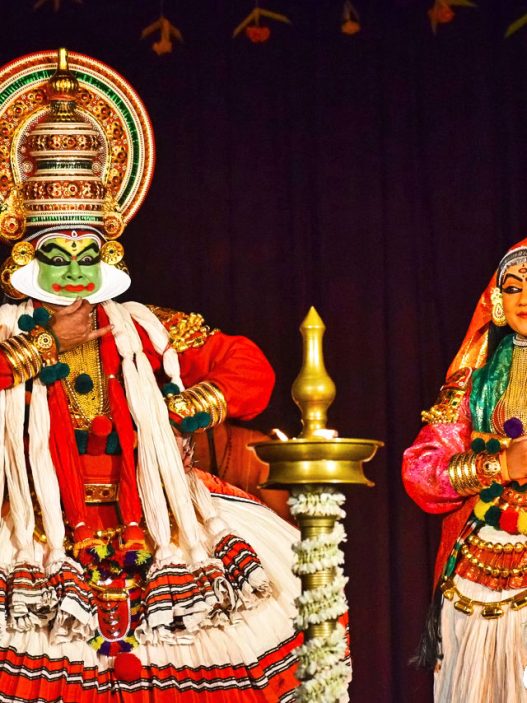
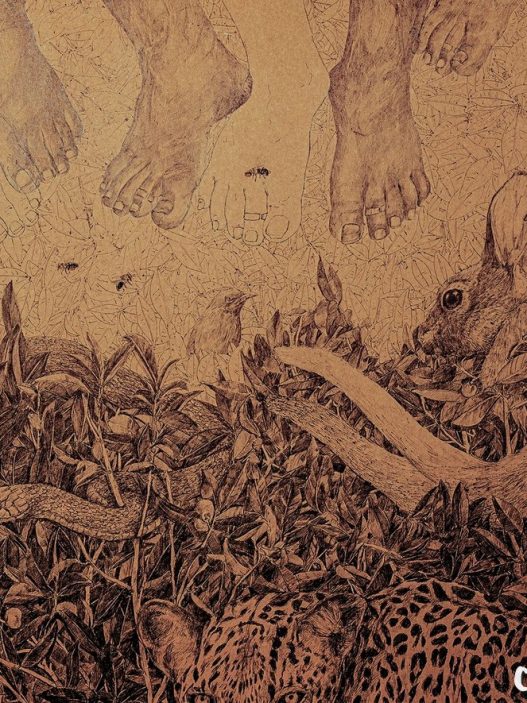
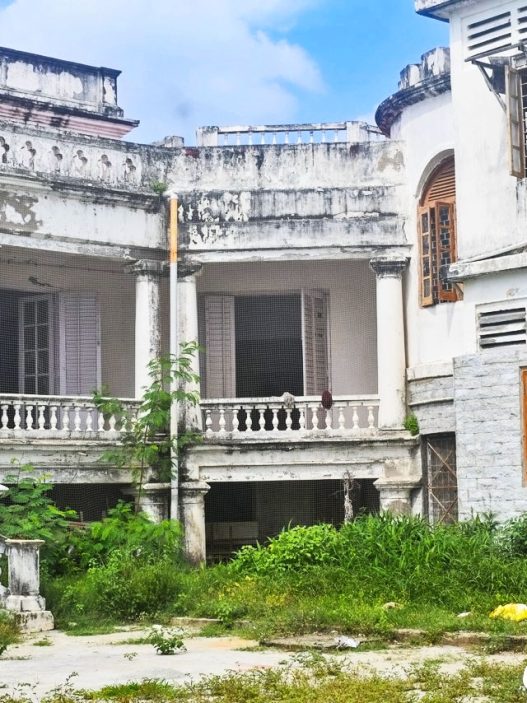

I will right away seize your rss feed as I can not to find your email subscription hyperlink or newsletter service. Do you’ve any? Please let me know so that I could subscribe. Thanks.
I’m really enjoying the design and layout of your site. It’s a very easy on the eyes which makes it much more enjoyable for me to come here and visit more often. Did you hire out a developer to create your theme? Outstanding work!
Excellent read, I just passed this onto a colleague who was doing a little research on that. And he just bought me lunch as I found it for him smile Thus let me rephrase that: Thank you for lunch! “We steal if we touch tomorrow. It is God’s.” by Henry Ward Beecher.
I haven’t checked in here for a while as I thought it was getting boring, but the last few posts are good quality so I guess I’ll add you back to my everyday bloglist. You deserve it my friend 🙂
But a smiling visitor here to share the love (:, btw great pattern. “Everything should be made as simple as possible, but not one bit simpler.” by Albert Einstein.
Thank you for sharing excellent informations. Your website is very cool. I’m impressed by the details that you have on this blog. It reveals how nicely you understand this subject. Bookmarked this web page, will come back for more articles. You, my friend, ROCK! I found just the information I already searched all over the place and simply could not come across. What an ideal site.
Very interesting subject, thanks for posting.
Howdy! Do you know if they make any plugins to assist with Search Engine Optimization? I’m trying to get my blog to rank for some targeted keywords but I’m not seeing very good results. If you know of any please share. Many thanks!
I have been exploring for a little bit for any high quality articles or blog posts on this kind of area . Exploring in Yahoo I at last stumbled upon this website. Reading this information So i’m happy to convey that I’ve an incredibly good uncanny feeling I discovered exactly what I needed. I most certainly will make certain to do not forget this site and give it a glance on a constant basis.
Valuable information. Lucky me I found your website by chance, and I am shocked why this coincidence didn’t took place earlier! I bookmarked it.
Magnificent beat ! I wish to apprentice while you amend your website, how can i subscribe for a blog site? The account aided me a acceptable deal. I had been tiny bit acquainted of this your broadcast provided brilliant transparent idea
Very interesting topic, regards for putting up.
Hi, Neat post. There is a problem with your website in internet explorer, would test this… IE still is the market leader and a big portion of people will miss your magnificent writing due to this problem.
My brother recommended I would possibly like this website. He was entirely right. This put up truly made my day. You can not consider simply how a lot time I had spent for this information! Thank you!
I regard something genuinely special in this website .
https://t.me/officials_pokerdom/3091
Excellent analysis
https://t.me/s/iGaming_live/4871
Hey, just checked out 8143com and it’s pretty slick! A decent place to kick back and maybe get lucky. Worth a look definitely! 8143com